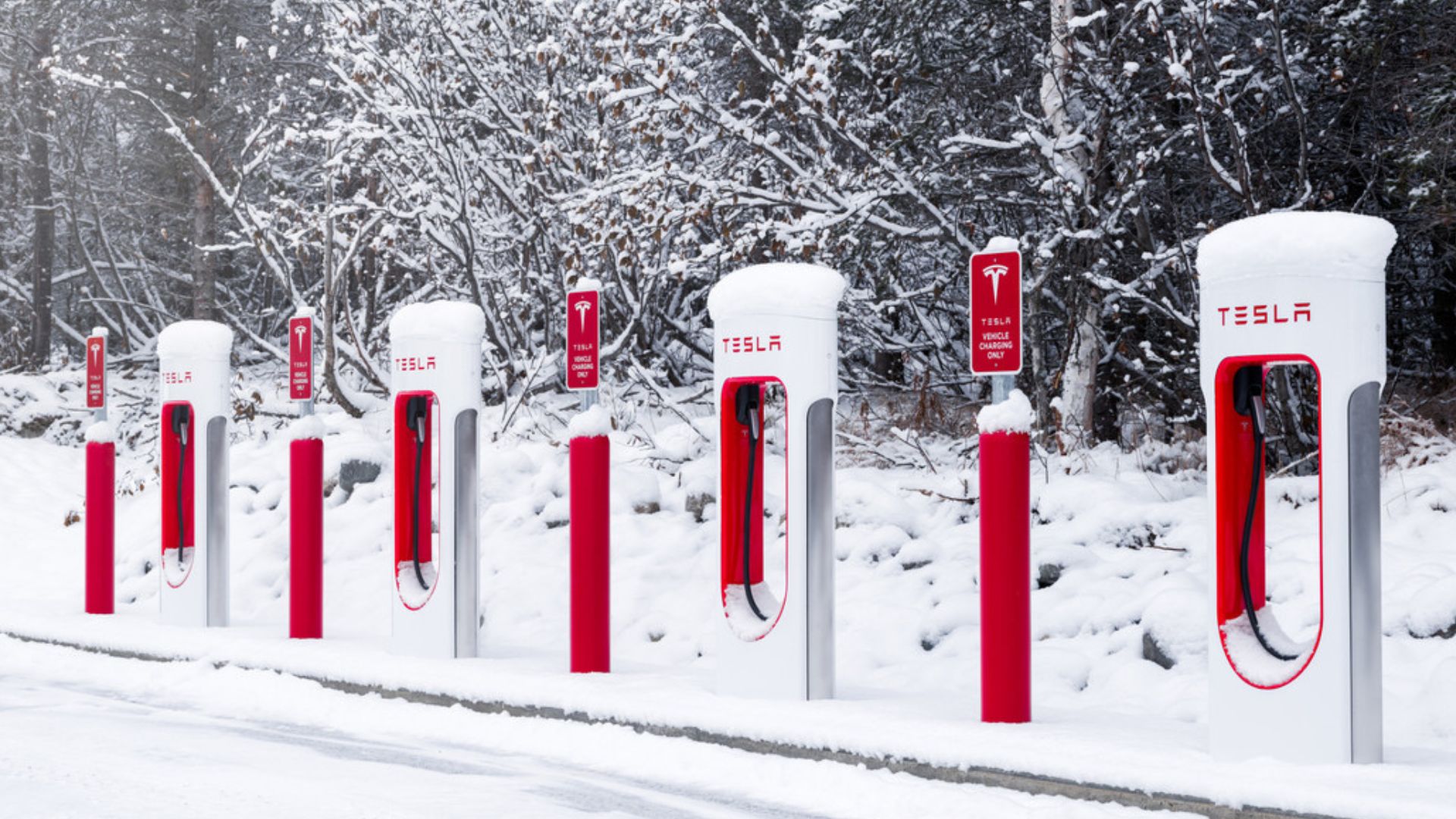India’s top judges are cooking up an unconventional approach to speed up the electric vehicle revolution: squeeze the rich first. Forget the slow crawl toward mass-market adoption, the Supreme Court’s got its sights set on luxury gas-guzzlers, pushing the government to slam the brakes on high-end combustion engines sooner rather than later.
EV numbers in the country tell a frustrating tale. Sure, wealthy buyers are jumping on the electric bandwagon—about 12% of posh rides sold now run on batteries. But down where regular folks shop? Barely a blip on the radar. The court’s logic cuts through the noise: hit those who can afford the switch hardest, let trickle-down economics work its messy magic, and maybe—just maybe—the rest will follow without busting budgets.
Of course, skeptics are rolling their eyes. Banning a handful of fancy cars won’t put a dent in India’s smog crisis, they argue. The real villains? Clunkers from the last century still coughing up toxins on city streets, kept alive by a scrap policy weaker than roadside chai. Fix that dumpster fire first, they say.
But the justices won’t budge. Prestige brands like BMW and Mercedes already have electric showroom candy that goes toe-to-toe with traditional models. Forcing their hand could yank the whole industry forward, rewriting playbooks for factories, suppliers, and cash-flush investors eyeing India’s chaotic market.
Don’t hold your breath just yet. Multiple ministries are huddled over blueprints—tax perks, charging stations, the whole shebang. Another courtroom showdown looms in December, but whether this bold gamble becomes law? That’s still anyone’s guess.
